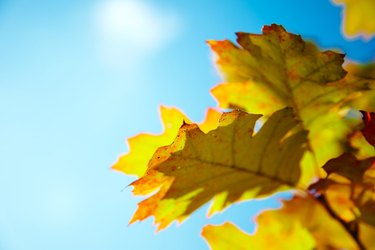
The term "venation," when used in botany, refers to the distribution of veins in the leaf blade. The two major types of venation, parallel and reticulate, can both be subdivided, and a third, distinct type of venation is found in ginkgo trees. Dicotyledons, or plants with two seed leaves, are reticulate-veined. Their leaves have a vein along the midrib that subdivides into smaller veinlets and can be classified as having either pinnate or palmate venation.
Parallel Venation
Video of the Day
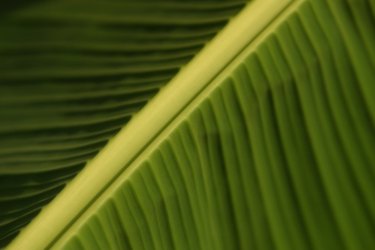
Parallel venation features multiple veins that run parallel to each other and are connected by minute veinlets. This type of venation is most often found in monocots, plants with single seed leaves. There are two subtypes of parallel venation. The most common of these is the type found in grasses, where veins run from the leaf base to the apex. The less common type of parallel venation, known as obliquely parallel venation, features veins that run laterally from the midrib. This pattern is found in banana plants, amongst others.
Video of the Day
Palmate-type Reticulate Venation
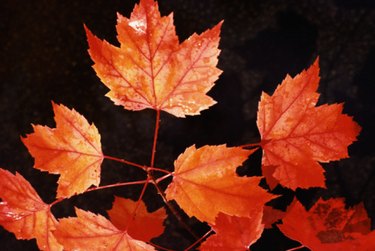
In palmate-veined leaves, the principle veins extend outward from the base of the leaf in a fanlike pattern. Trees with this type of leaf venation include grapes and maple. Palmate venation can be either divergent, where veins radiate from the center to the edge of the leaf or convergent, which is when the veins curve towards the center of the leaf.
Pinnate-type Reticulate Venation
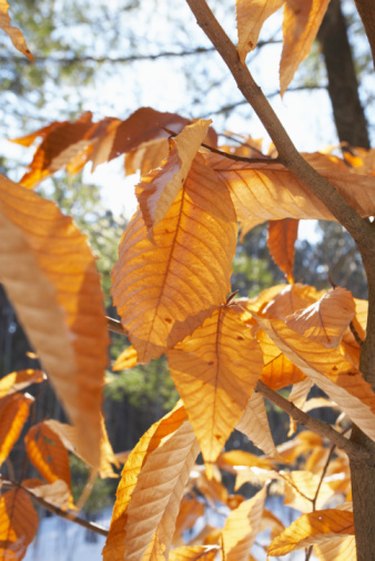
Leaves with pinnate, or unicostate venation, feature a single vein on the midrib that secondary veins run out of. This venation pattern resembles a feather. Examples of trees with this type of venation include elm, cherry, hornbeam, apple, peach and beech.
Dichotomous Venation
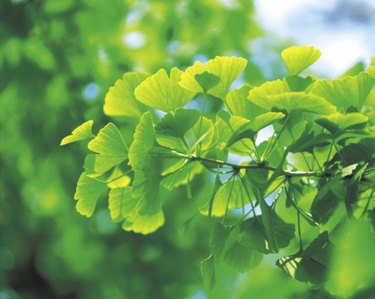
Dichotomous venation is a unique pattern that features vein sections that form a "Y" pattern. This type of venation is found in ginkgo trees.
Venation in Conifers
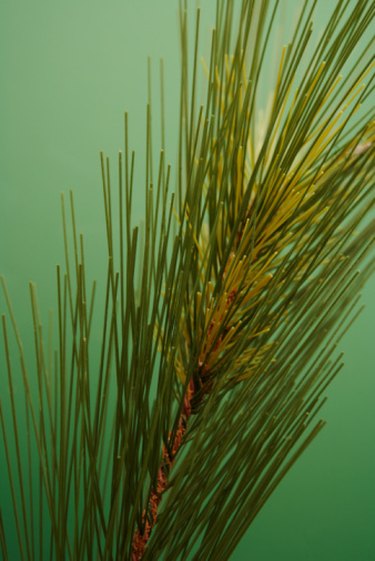
Conifer leaves, known as needles or scales, generally have simple venation. Needle-shaped leaves have only one or two long veins running down their center. Scalelike leaves have several parallel veins. Veins in conifers consist of only an endodermis and transfusion tissue.